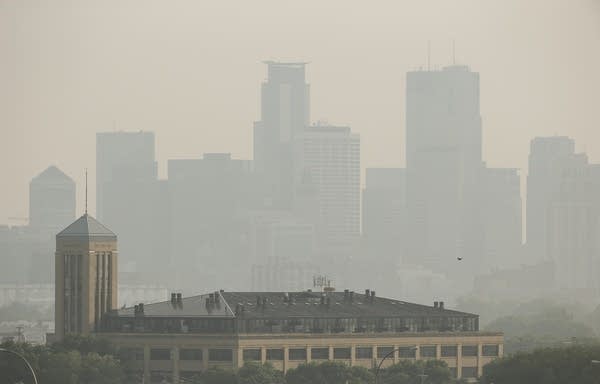Reports: Minn.'s air pollution levels dropped, but still caused early deaths

A haze rested along the Minneapolis skyline from the view of Ridgeway Parkway Park in July 2015 in Minneapolis. A new report finds air quality has improved in Minnesota, but airborne pollution still has a disproportionate impact on communities of color, and communities where health disparities exist.
Jeff Wheeler | Star Tribune via AP 2015
Go Deeper.
Create an account or log in to save stories.
Like this?
Thanks for liking this story! We have added it to a list of your favorite stories.


